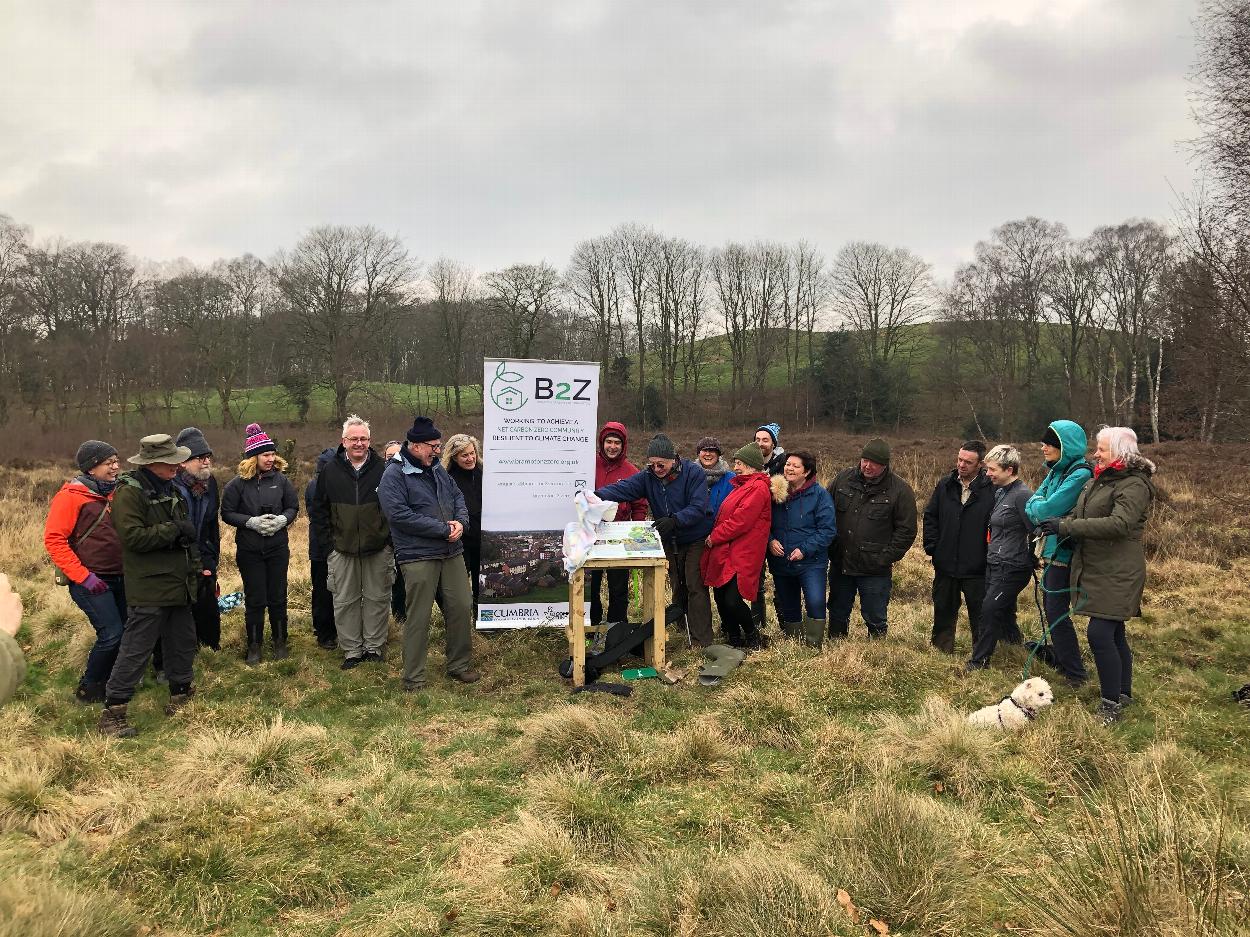
Top News!
Moths at Unity Bog.
During 2024, using light-traps at night, Rob Pickett carried out six monthly moth-trapping sessions at Unity Bog. Overall, he recorded just over 200 different kinds of moth, identifying and releasing them the next day. At the peak of numbers in July, the traps brought in nearly 900 moths. Many would have come from the surrounding area of Gelt Woods as well as the bog itself. They included some very uncommon and migrant species. It is hoped that conservation work on the bog will boost numbers of the moths that are special to this threatened habitat. His article is published in Carlisle Natural History Society's journal, Lakeland Naturalist, Vol. 13.1 (Spring 2025). LINK
What's Been Happening?
Unity Farm is located close to Gelt Woods, Brampton – a mature woodland consisting of beech, oak, pine and a variety of herbaceous plants.
The farm itself is run on an animal agriculture basis for cattle and sheep. In between the farm and Gelt Woods is a stretch of peat bog, maintained in accordance with an agreement involving English Nature.
Peat bogs are a major source of carbon storage and sequestration, and for them to maintain their carbon capture potential and biodiversity it is important that they remain wet. Naturally seeded trees such as birch can threaten this environment as they draw up water. The solution? Transplant the saplings before they grow too big and plant them as colonisers in a more appropriate habitat.
Working with the farmer, Willy Laird, Brampton 2 Zero have started taking out the birch, and will be planting them at Seat Hill Farm Community Woodland and Tarn Road Nature area.
Silver birch is a pioneer species – it can establish in minimal soil and poor quality soil. It grows fast and creates a lot of fast rotting leaf litter – which builds soil allowing other trees to then take root. Trees compete for light, so when planted close together they “reach for the light.” Therefore, fast-growing birch will reduce the amount of light coming in sideways to other trees, like Oaks, encouraging them to grow rapidly straight upwards.
Get involved with our community net carbon zero projects!
Contact us here through